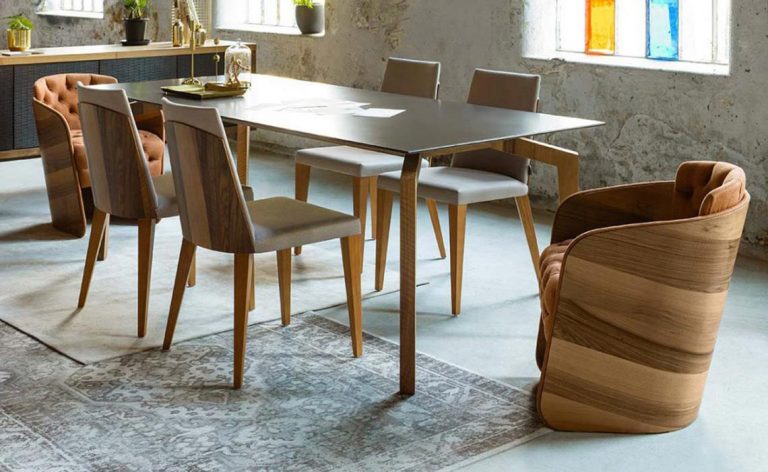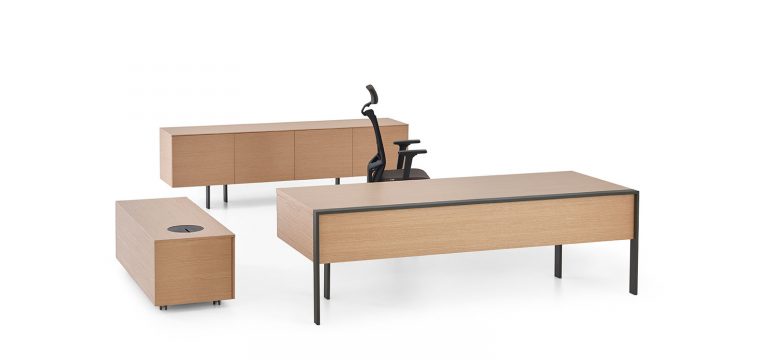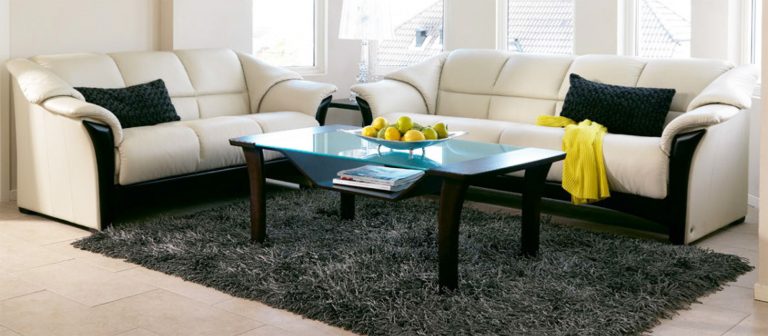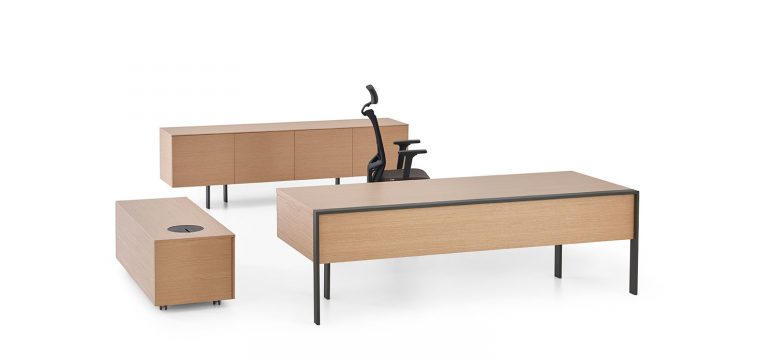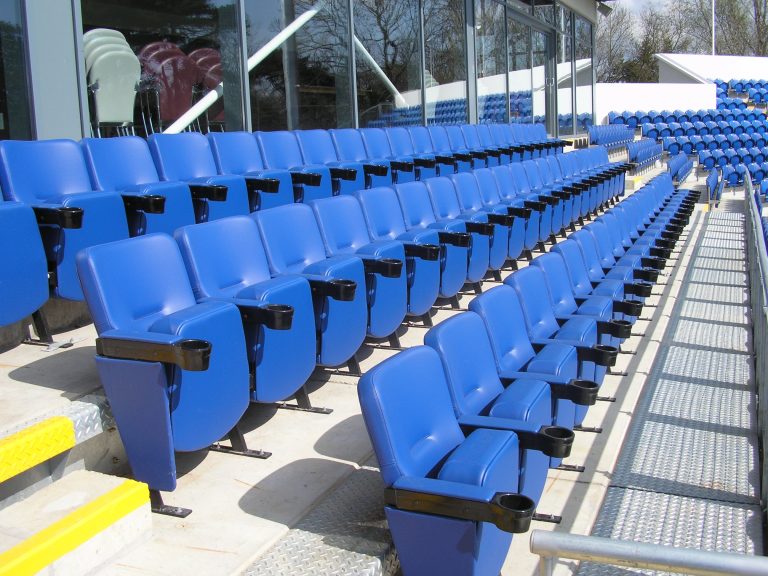Wow!! Wouldn’t it be great if we, business people, could give better presentations…guaranteed to be more interesting, informative and easier to attend and more successful?
Business Presentations, Today.
You arrive in the hotel conference room or auditorium; the chairs and tables are neatly lined up in audience format. The lectern is set-up on stage and there’s this huge screen with a projected greeting, welcoming you to the event. On the tables in front of each chair is a stapled package containing the presentation slides you are about to see during the presentation..
Over my career, I have personally sat through many boring slide presentations at conferences and after the room is darkened, the speaker aims his pen laser at the screen. I start to leaf through the slides in the package. In fact, I usually count the slides in the handout and estimate the time it will take to go through all those busy graphs and information soaked visuals. After some time, I have to fight valiantly against dozing off.
I have also listened to ‘kitchen table’ sales presentations which made me yearn to watch the most boring re-run on TV. No matter the forum, presentations have become all, too common in style.
What Has Happened to Our Presenters?
Over the past thirty years or so, we have discovered ‘overhead slide’ projectors and subsequently graduated to the ‘PowerPoint’ computer slide shows. Our love affair with color slides grew and graphic representations; even video went into high gear. Not one presentation exists without an exhausting and painful display of graphics, numbers, words and colors, complete with special effects and chase scenes.
Audience members are now treated like toddlers whose parents need a break and get it by sitting them in front of the TV to baby-sit for a while. The whole presentation process has become an exercise in visual aids. The audience is left somewhat unattended.
The True Reason for Presentations
As a presenter, your job is to “entertain” your audience with the intent of informing, persuading or selling them on your point of view, your product or service or to convince them to follow you in some endeavor…or to invest their time or money in you. They came to listen to you not to read “your presentation” off a bunch of slides.
The Real Presenter
The Real Presenter should be “Conversing” with her audience. That’s right, she should be speaking to an audience just like she would speak to a group of her closest friends. A presenter, who shares information in a direct and friendly way, with audience interaction,
invites interest and discussion.
True Stories
“Jim, a retired airline pilot, told his audience about an episode in which he was giving flying lessons to a new pilot when the engine on the aircraft quit at two thousand feet over an interstate highway. He struggled for some time to restart the engine, but finally had to land the plane in a farmer’s field. The small aircraft wound up leaning on its nose but both he and his student walked away without injury.”
Wouldn’t you want Jim as your instructor? Wouldn’t you feel safe flying on an airliner with Jim at the controls? In one short story, Jim convinced his audience that he knew his business.
“Marty was introducing herself to the group and happened to mention how she backpacked across Europe in her college days, then she stowed away on a “tramp steamer” from southern France to Africa. Her tone and demeanor was relaxed and conversational. Her audience was mesmerized; she had obviously captured their attention. They believed her because she was telling a true story”
Marty probably could have sold some travel tours after her talk, if she were a Travel Agent, right?
There’s No Difference
The above are examples of how a presenter can instill interest in her audience. Just reading the material from the slide while it is up on the screen doesn’t require a presentation. She should tell the audience what she thinks of the material and how it has affected her or someone close to her or a former client or customer.
Her demeanor and attitude, about the subject matter, will do more to display her personal thoughts, satisfaction and aspirations about her topic than her visuals. She will better elicit a response from her audience: a more positive response….an enthusiasm to hear more about her experiences and those experiences of others who have followed her in the past.
Fewer Visuals and More Visualization
As a “true” presenter she will use only several slides, less than 6, for the whole presentation which will last 1-2 hours. Her slides will contain only 5-6 “bullet points” each. These bullet cues are meant simply to steer her conversation, her stories and customer experiences with the audience because there is a story behind or underneath each point and also a series of audience questions and more audience participation.
This will keep their attention and help her embellish her stories of positive responses and increase audience interest in her reasons for presenting in the first place, her goal.
Persuade with Personality
Remember your goal; you are trying to persuade them or sell them. They want to know how convinced YOU are about the subject matter and how it affects you or your present clientele, personally. The slides and/or brochures become incidental. The truth is that your customers are really buying you, then, your information or product or service or idea.
Rely on Your Inherent Skills
In my experience, I have met hundreds of people who lean heavily on the sales materials to make a sale. They feel they need something more powerful than their own personality and passion.
Not so….. you are your best sales tool. The sooner you find that I’m right; the more successful you will be. So get in a groove, a comfortable and non-threatening groove, share your true emotions by having a conversation with your audience, state your opinion, get their responses, voice your solutions and help them trust that you can truly help them.
Ban the Boring Presentations.
Wow!! It would be great if we, business people, could give better presentations, guaranteed to be more interesting, informative and easier to attend.
I have helped many people who present for a living. My advice to them is the same as I have stated above. Put “YOU” back in your presentation and watch the “boring” fade and your success arrive.
Source by
Robert J. Sivori

